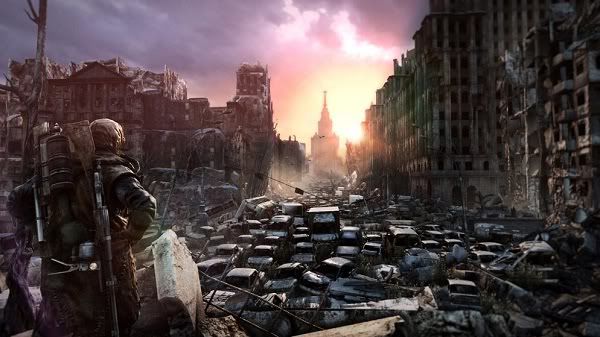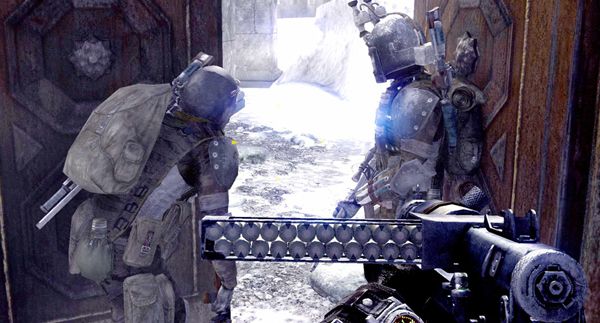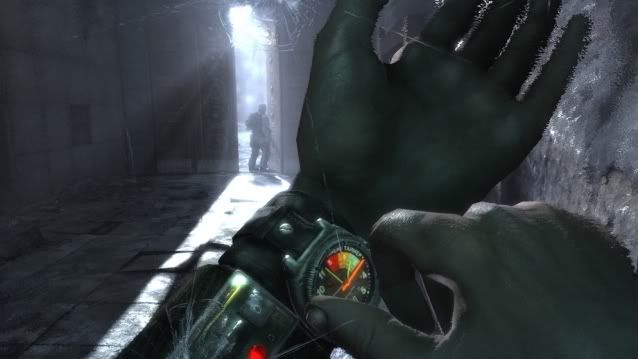This post has not been edited by the GamesBeat staff. Opinions by GamesBeat community writers do not necessarily reflect those of the staff.

I played Metro 2033 to completion for the first time more than a year ago. It had been on my radar (and my Steam list) for quite some time, and I finally got around to actually playing it. I’d heard so many great things and was very excited to play.
It didn’t quite grab me in the way I wanted. The voice acting was laughably bad in spots. Character models have some of the deadest eyes I have ever seen. The shooting was stiff and didn’t give me the control I wanted during intense moments.
By the time I reached the end, I wasn’t having much fun. I even downloaded an FAQ to help me power through the last few levels in peace. Quickly, I moved to the next game, not really thinking about the experience I'd just had. I had more games in my backlog to "slog" through.
Recently, I had an itch to play the game again. Part of me still wanted that experience I was expecting the first time through. I decided to try a few things to hopefully strengthen the game.

One of these things was changing the spoken dialogue to Russian. The game is based off a Russian book and takes place in a post-apocalyptic Russia. What better way to make the game more immersive?
I also decided to play the game on a harder difficulty. I don’t play many games on hard mostly because I have too many games to play through. Also, I hate hard difficulties that simply make enemies crazy accurate or able to absorb entire clips without going down. A few things about the Ranger Hardcore difficulty intrigued me enough to give it a shot.
First, bullets are actually powerful. On Ranger Hardcore in Metro 2033, one bullet will often do the job, both for you and for baddies. Enemies are a bit bullet-spongy on the Normal difficulty and this was a very welcome change.
Scavenging is a huge part of Metro 2033 as you need to find ammo and filters (for your gas mask) to survive. These items are made much scarcer, which gives the player an even greater need to look around or risk running out of supplies at a very inopportune time.
The final change to the game is a simple one: no heads-up display. This means no crosshairs and no way to tell how much ammo you have unless you are visiting a shop. Luckily, your timer for how much air you have left on the surface still exists but only because it isn’t part of the HUD (it’s represented by a watch on your wrist).

The results of my replay? Suddenly, I understood the people who absolutely loved the game. The world that seemed absolutely silly (mostly due to that terrible English voice acting) felt much more intense. Something about Russian voices just fits the setting perfectly.
I felt like I had to work to survive in this world. I tensely snuck around enemy camps that I wouldn’t have a chance taking head-on. When I did have to engage, every shot needed to count or I risked going down. I even got into the habit of counting out how many shots I had fired, so I wouldn’t have to reload at a a bad time.
I was torn between desperately trying to get off the hazardous surface and wanting to comb the ruins for any amount of ammo or filters I could find. Several times, I found myself dashing between alcoves in search of filters, gasping as the poisonous air tore at my lungs. These are some of the most heart-pounding moments I’ve ever had in a game.
For anyone who skipped Metro 2033, I highly recommend you go back and check it out. It still has its problems (stiff controls and some very odd audio-mixing), but those are easily overlooked for one of the best post-apocalyptic video game experiences to date.
